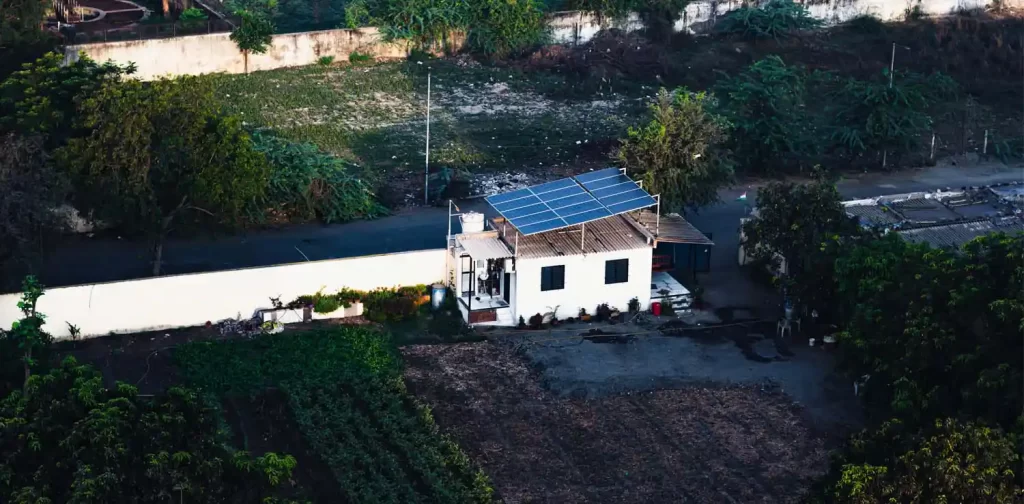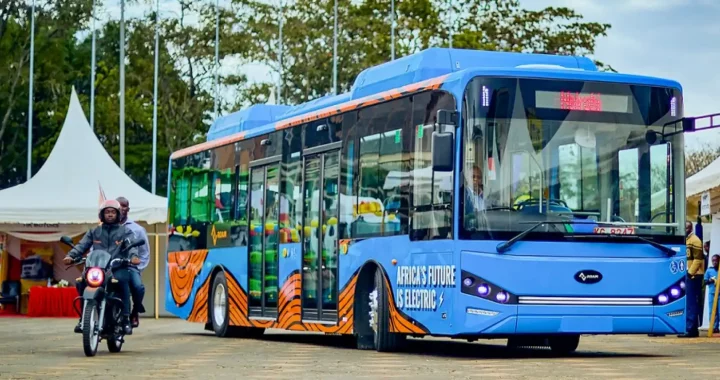India Integrates Solar Energy into New Delhi Electricity Supply with Shakti Microgrid

Photo by VD Photography on Unsplash
Our concerns about climate change and sustainability issues keep growing, yet our need for electrical energy is unavoidable. This conundrum results in high public demand for renewable energy worldwide. To meet this demand in India, IElectrix launched Shakti microgrid in New Delhi.
The official launch happened in March 2022 at St. Xavier’s School, Civil Lines, New Delhi. Among the attendees were IElectrix Project Coordinator Pierre-Jacques Le Quellec, Jean-Baptiste Djebbari, Indian Minister of State of Power and Heavy Industries Shri Krishan Pal Gurjar, and Tata Power-DDL CEO Ganesh Srinivasan.
What is Shakti microgrid?
Shakti microgrid is IElectrix’s project in India under Tata Power Delhi Distribution Limited. IElectrix, an association of local energy communities from Europe and India for renewable integration and energy transition, has received funding from the European Union’s Horizon 2020 research and innovation program.
‘Shakti’ means ‘power’. This smart grid project aims to demonstrate how solar energy can be integrated to improve the resilience and quality of the city’s power supply. Shakti microgrid combines solar photovoltaic technology, battery storage, a smart transformer, and an energy management system.
How do microgrids work?
Conventional power grids deliver electricity in one direction to consumers. The addition of local power generation through solar panels means grids must integrate to absorb bi-directional distributed energy resources (DERs) safely and efficiently.
Microgrids store excess power that can later be used when energy sources are insufficient. It is a ‘smart’ grid because the technology needs intelligence and automation to balance the supply and demand of the grids.
According to International Electrotechnical Commission, “Microgrids complement the conventional power grid when electricity demand is high and help to maintain supply during a grid-outage and restore electricity supply faster. They also help communities gain access to a more reliable supply of sustainable electricity.”
Nazalea Kusuma
Naz adalah Manajer Publikasi Digital Internasional di Green Network Asia. Ia pernah belajar Ilmu Perencanaan Wilayah dan Kota dan tinggal di beberapa kota di Asia Tenggara. Pengalaman pribadi ini memperkaya persepektifnya akan masyarakat dan budaya yang beragam. Naz memiliki sekitar satu dekade pengalaman profesional sebagai penulis, editor, penerjemah, dan desainer kreatif.

 Test Custom Feature Image
Test Custom Feature Image  Electric Vehicles Roam the Roads of Kenya
Electric Vehicles Roam the Roads of Kenya  FedEx Engages Employees with Beach Clean-Up Initiative
FedEx Engages Employees with Beach Clean-Up Initiative  Come Back Stronger: Building Philippines’ Resilient Economy Post-COVID-19
Come Back Stronger: Building Philippines’ Resilient Economy Post-COVID-19  Inside Experian’s Sustainability Journey: An Interview with Chief Sustainability Officer Abigail Lovell
Inside Experian’s Sustainability Journey: An Interview with Chief Sustainability Officer Abigail Lovell  5 Food System Actors That Have Taken the 123 Pledge to Reduce Food Loss & Waste
5 Food System Actors That Have Taken the 123 Pledge to Reduce Food Loss & Waste  Test premium post
Test premium post